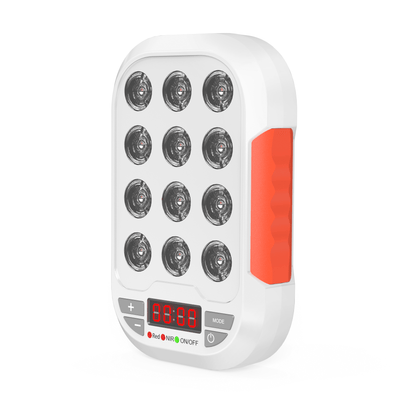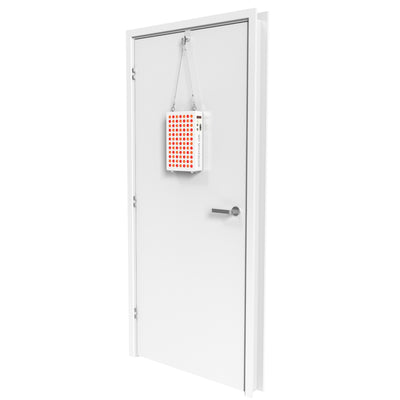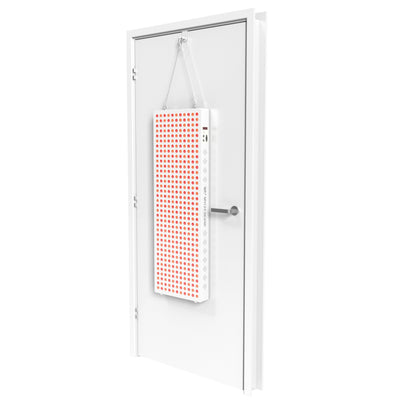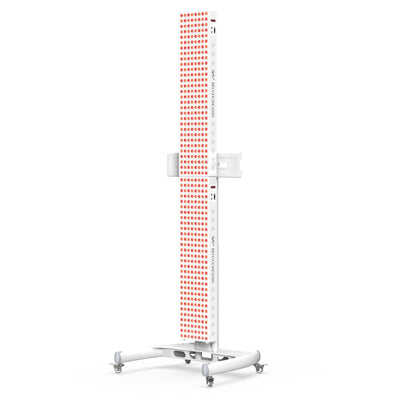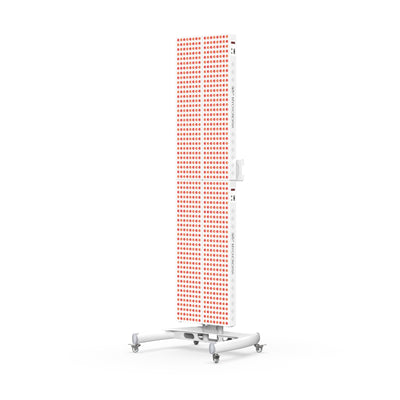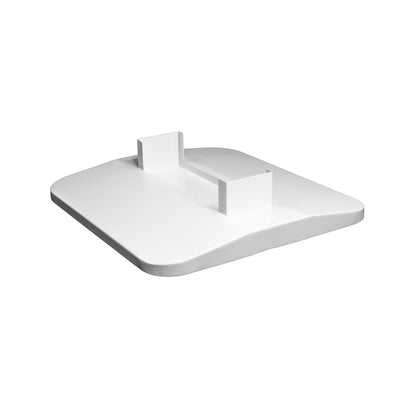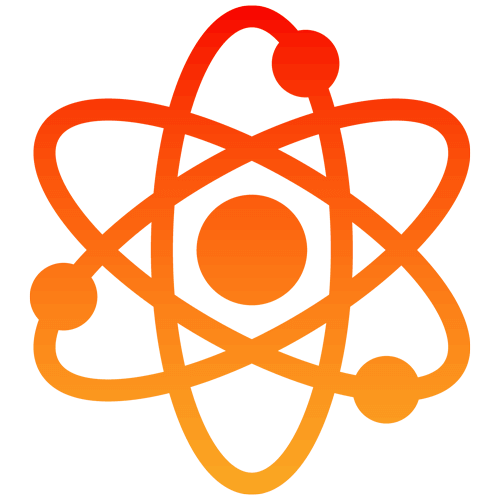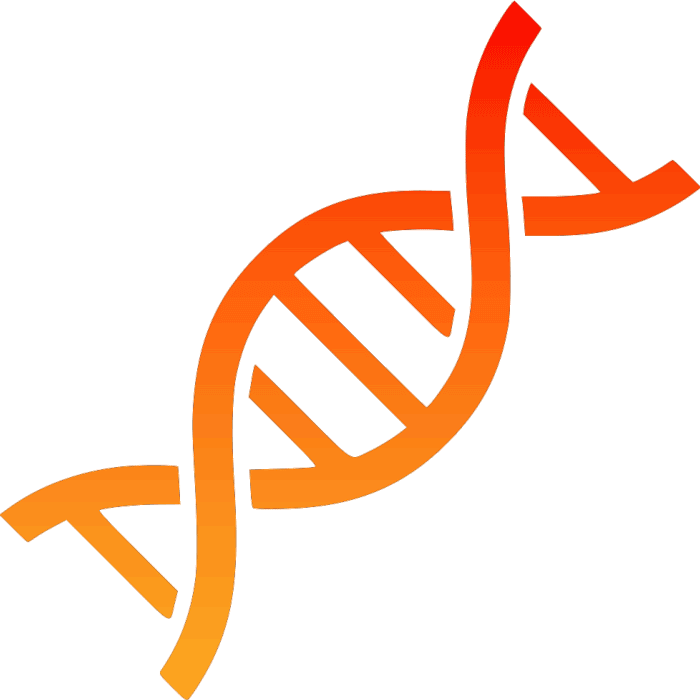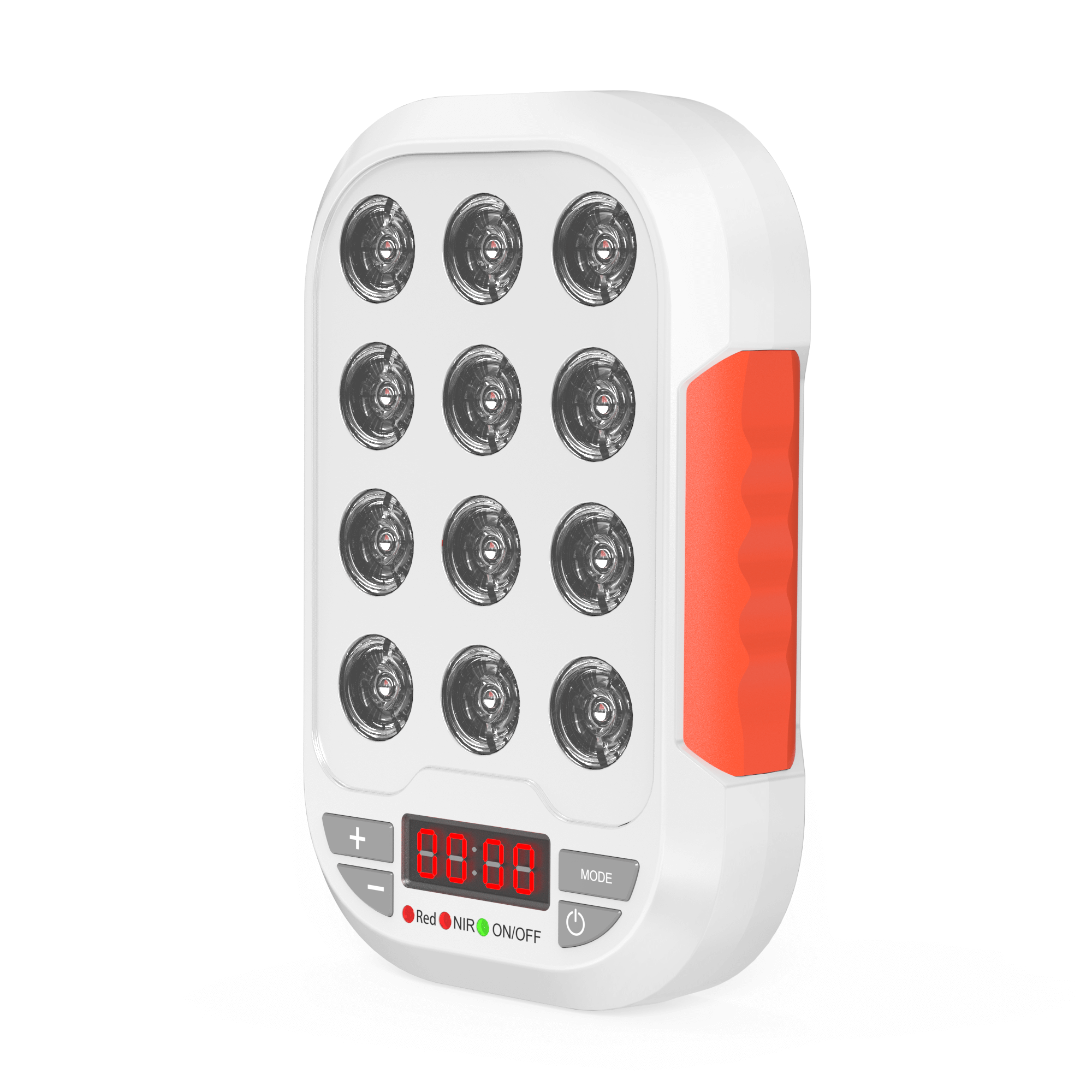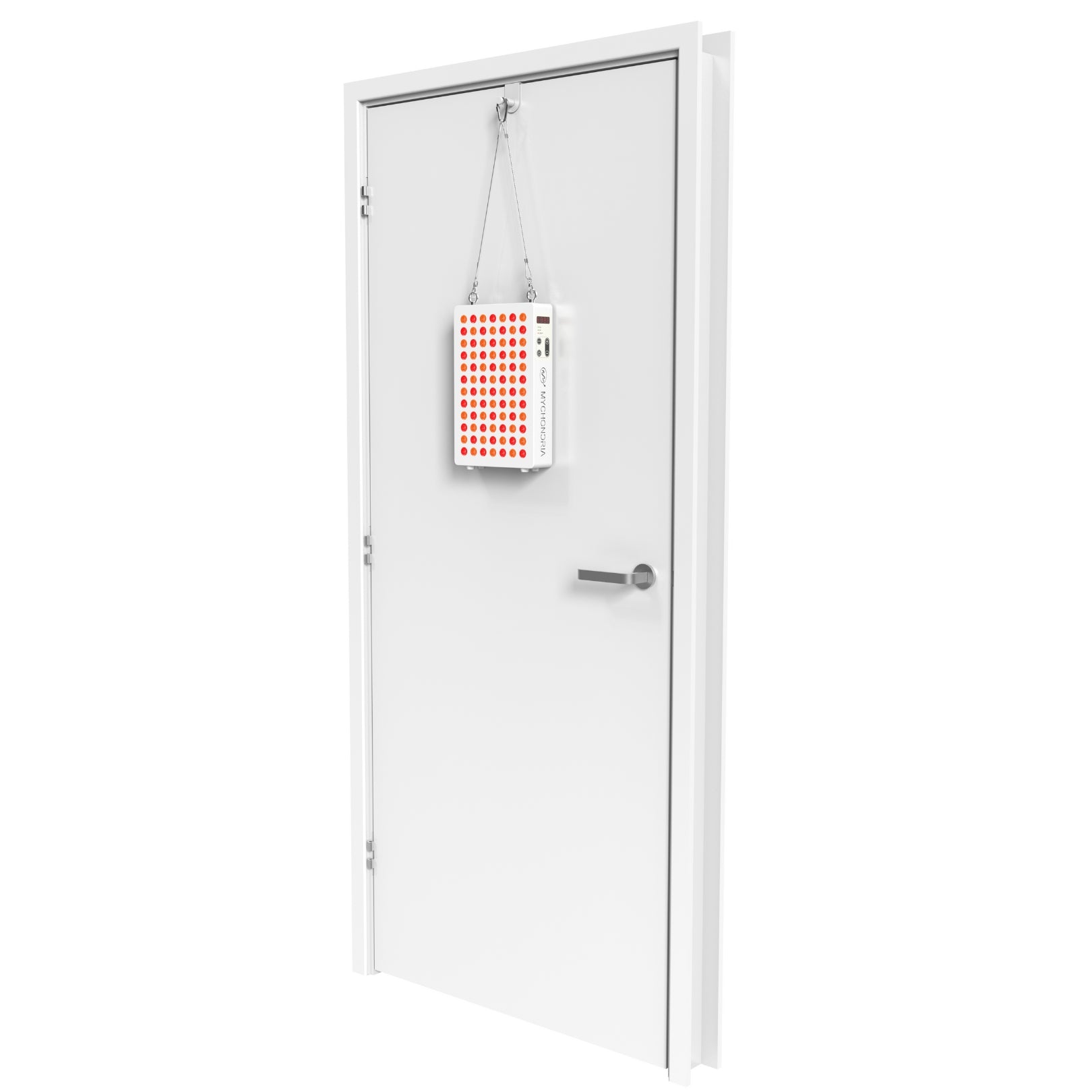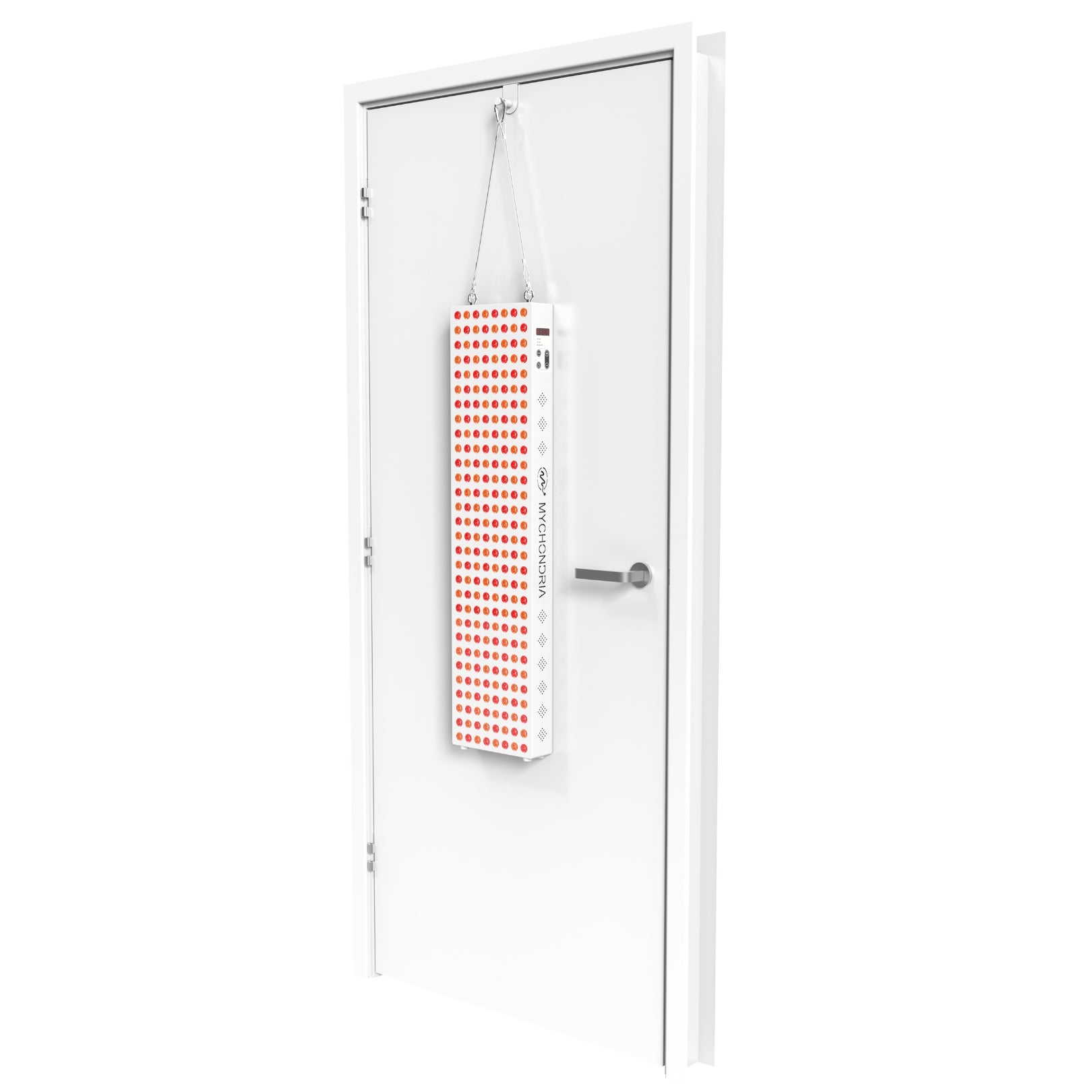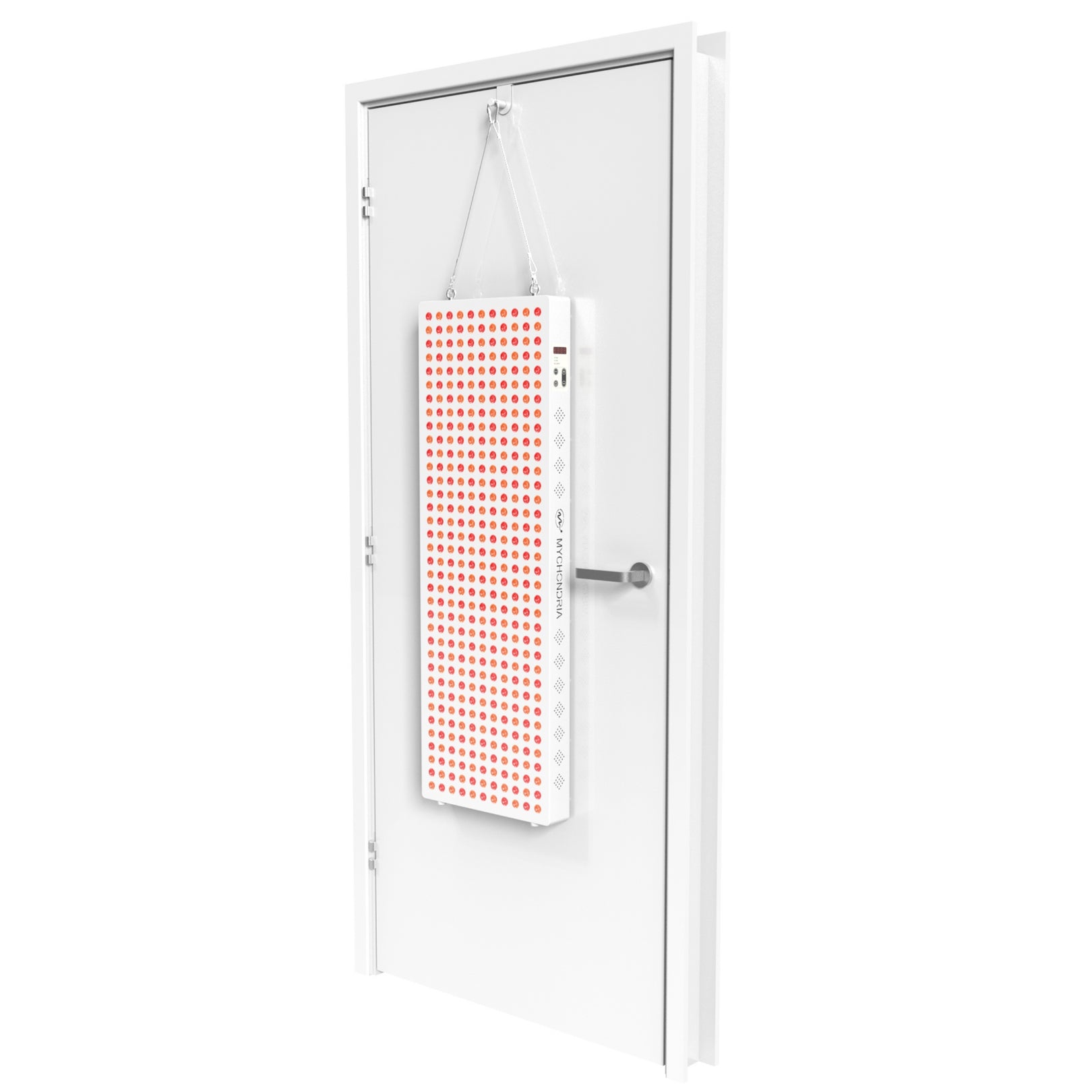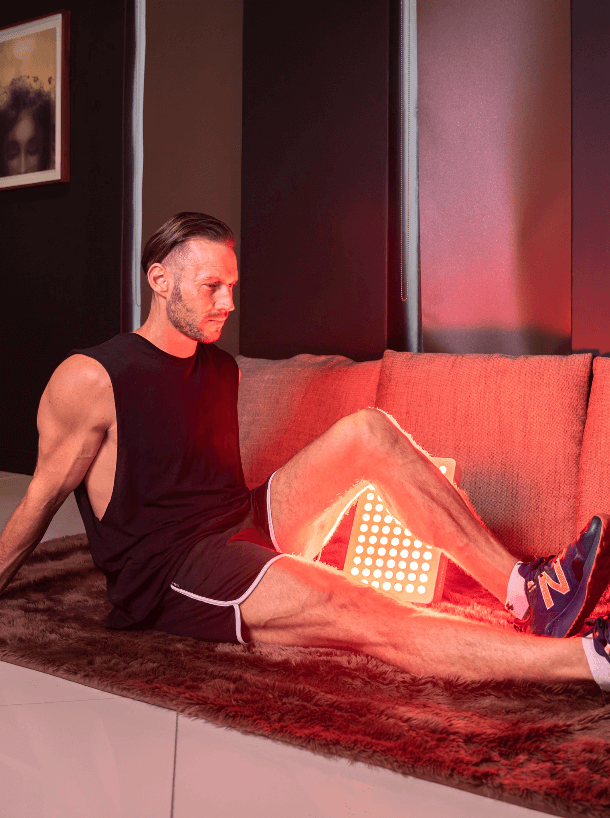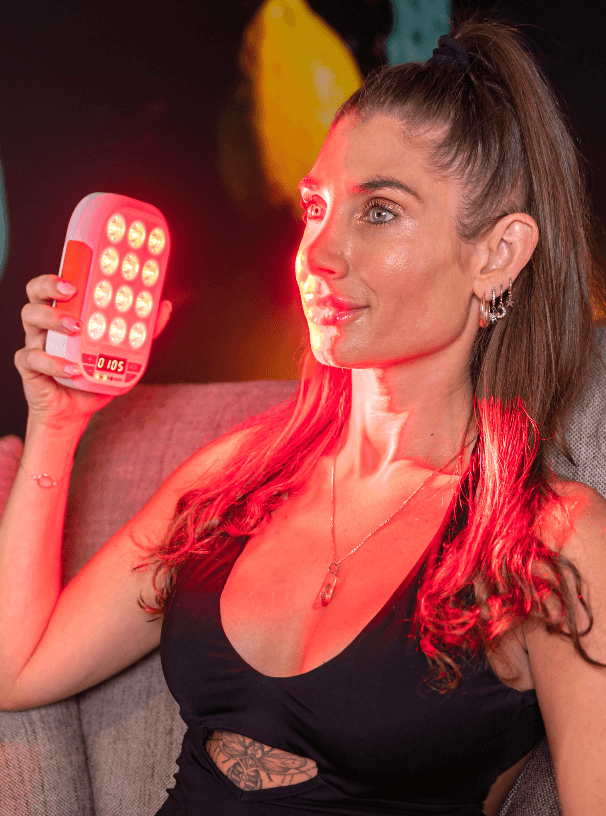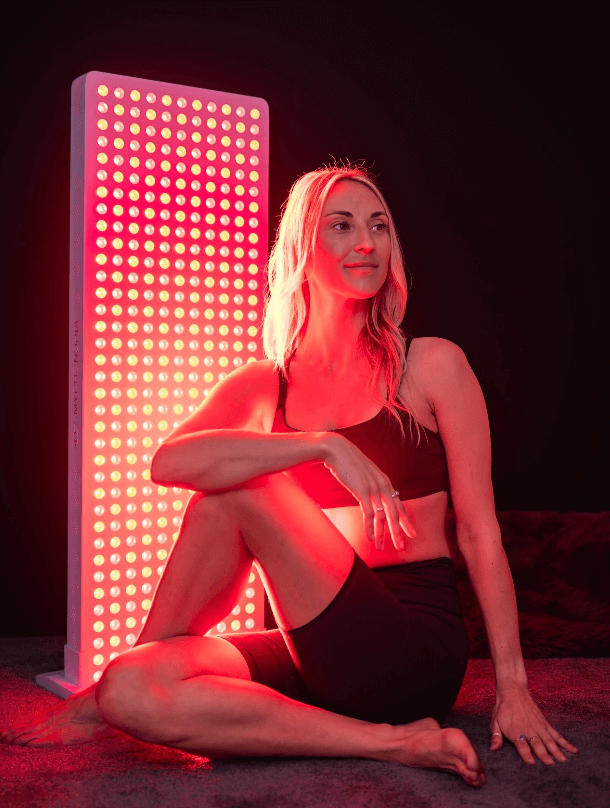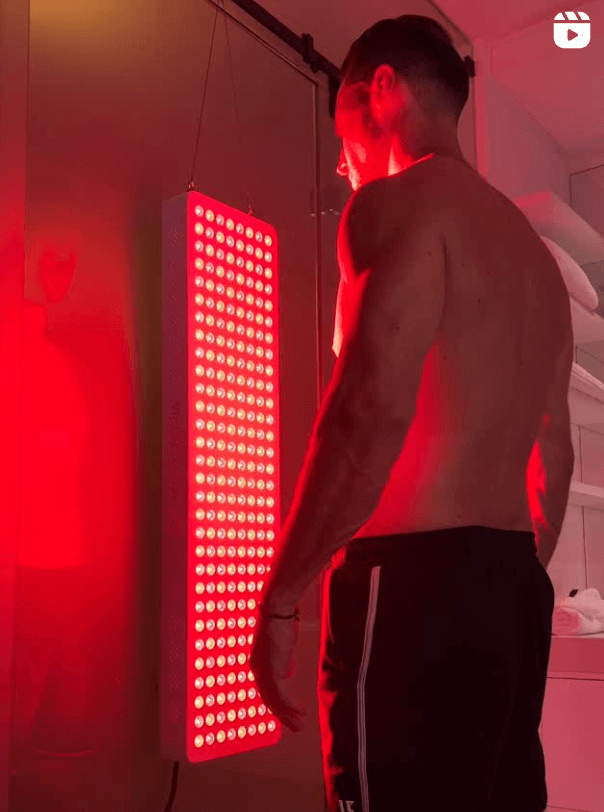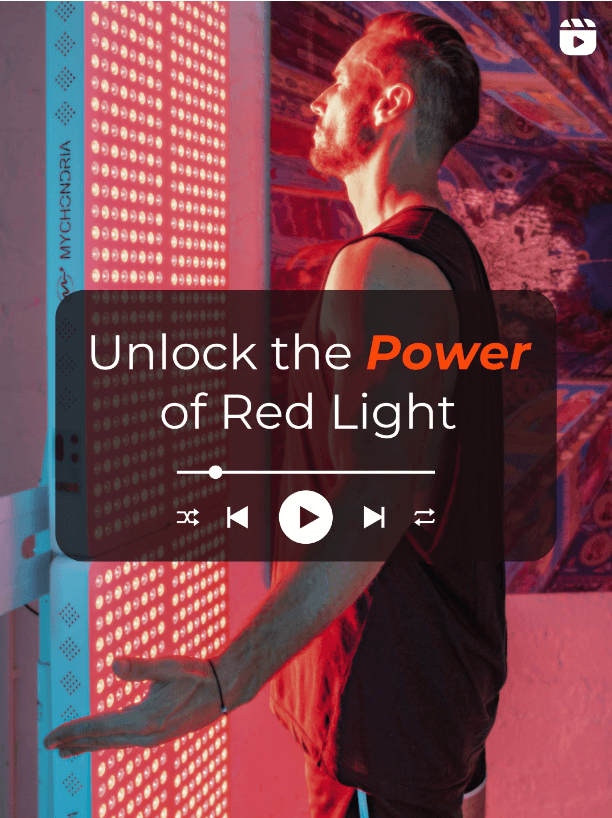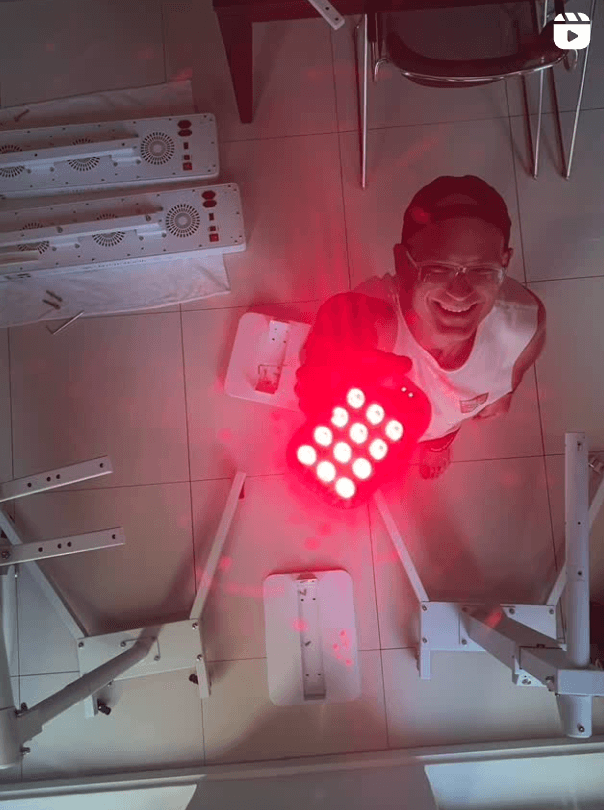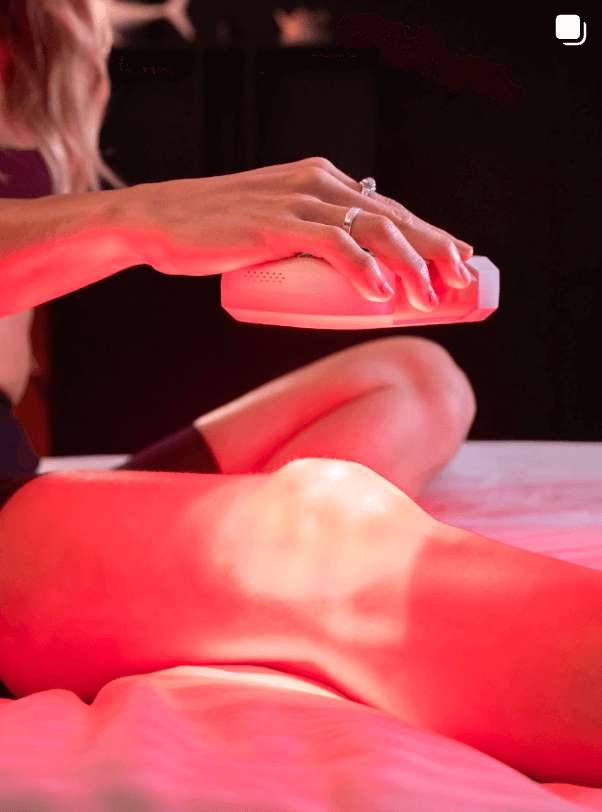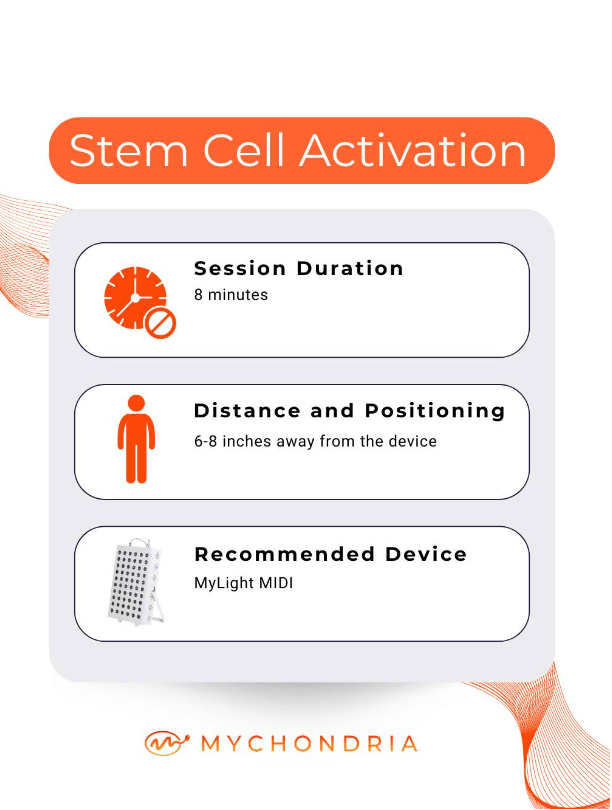
Ageing, according to the NCIB, is an umbrella term that covers the totality of processes, which contribute to the deterioration or degradation of the body over time. Another theory describes ageing as an increase in the intensity of the failures occurring in a body as it gets older, where ageing is not the failure of a system, but the increase in the intensities of these failures. We know that certain things in life are inevitable, and ageing is most certainly one of them. We wanted to investigate how we can utilize red light therapy to aid in the treatment of age-related diseases in our bodies.
Dementia
Dementia is a broad term that describes the substantial loss of memory, reasonable thinking, attention and other mental abilities. It has been estimated that between 5-8% of adults over 65 years old have some form of dementia, and this percentage doubles every 5 years over 65. Fifty percent of people above 80 years old have some level of dementia. This occurs when some parts of your brain that are used for memory, decision making, and language become diseased or damaged.
Alzheimer’s disease and dementia go hand in hand, where between 60-80% of people with dementia also suffer from Alzheimer’s. However, there are over 50 other possible causes of this disorder. Dementia is not preventable or curable, however, the symptoms or effects can be minimized and managed.
The most common causes of dementia:
- Alzheimer’s Disease
- Parkinson’s Disease
- Huntington’s Disease
- Brain injuries (accidents/falls)
- Infections of the central nervous system – HIV, meningitis
- Long term alcohol or drug use
- Hydrocephalus – fluid build up on the brain
- Brain tumors
- Deficiencies in Vitamin B12, hypothyroidism or hypoglycemia
The first, and only FDA approved drug to treat Alzheimer’s disease is called Aduhelm. This monoclonal antibody is able to lessen the build up of amyloid plaques in the brain that are responsible for the memory loss associated with Alzheimer’s. Most drugs that have been developed are able to slow the progression of cognitive disorders but cannot prevent the eventual worsening of the underlying condition.
Hamblin in 2019 states that Alzheimer’s diseases and dementia (next to cancer) are the most worrying health conditions in the Western world today. He noted that red light therapy, applied to different areas of the head, can be used for a diverse range of brain disorders by relieving pain, stimulate healing and prevention of tissue decay.
A UK study performed by Dr Paul Chazot investigated the use of red light therapy for dementia therapy. Twenty seven participants took place in this study, where 14 were given a genuine device, and 13 were given a placebo, dummy device. The researchers instructed the participants to use their devices twice daily, for 6 minutes per session, for a total of 28 days.
The group that used the genuine device noted significant, statistical improvements in:
- Memory
- Right-hand motor function
- Mathematic processing
- Overall mental capability
The placebo group showed deterioration in their processing speeds with the same skill tests and did not demonstrate any improvement in any categories tested.
How does it work?
Exposure to red light therapy increases the activity of the mitochondria in the body and results in the increase in production of the body’s energy currency - ATP. Through this increase in energy, the body is able to function more effectively and efficiently. ATP levels are known to be markedly less in dementia patients, and this increase provides the energy required to drive processes in living cells as well as to aid in nerve cell repair.
The increase in nitric oxide production through this treatment aids in the increase in oxygenated blood flow through the system. This is achieved through the nitric oxide improving the flexibility of the membranes that line our blood vessels. More oxygenated blood flowing through the body, means more oxygen reaches the white matter that is deep within the brain.
Chazot stated that red light therapy is able to result in a profound and rapid positive effect on condition in both men and women that are affected by mild to moderate levels of dementia.
The group from Chazot’s study that used the genuine device also reported improvements in energy levels, better moods, less anxiety and better physical and mental involvements in daily activities.
No adverse effects have been reported during any study performed on this topic, by investigators, participants or the caregivers of the patients.
If you or are a loved one are suffering from the devastating effects of this rapidly worsening disorder, why not try using a device to minimize and manage the side effects? If you need more information regarding our devices, be sure to checkout the high-powered MyLight collection below:
VIEW THE MYLIGHT COLLECTION >>>
Written By: Caroline Bursey
